*This is not a secret story.
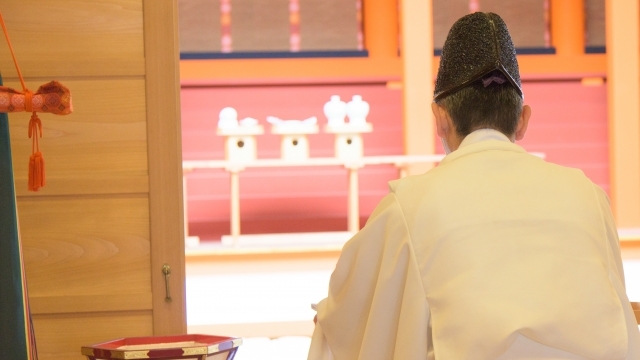
In general terms, Oharai are rituals of purification in Shinto.
They purify sins and foulness, and are not about ghosts or spirit possession.
For example, foulness happens by unintentionally killing mosquitoes or harming others, or telling a white lie.
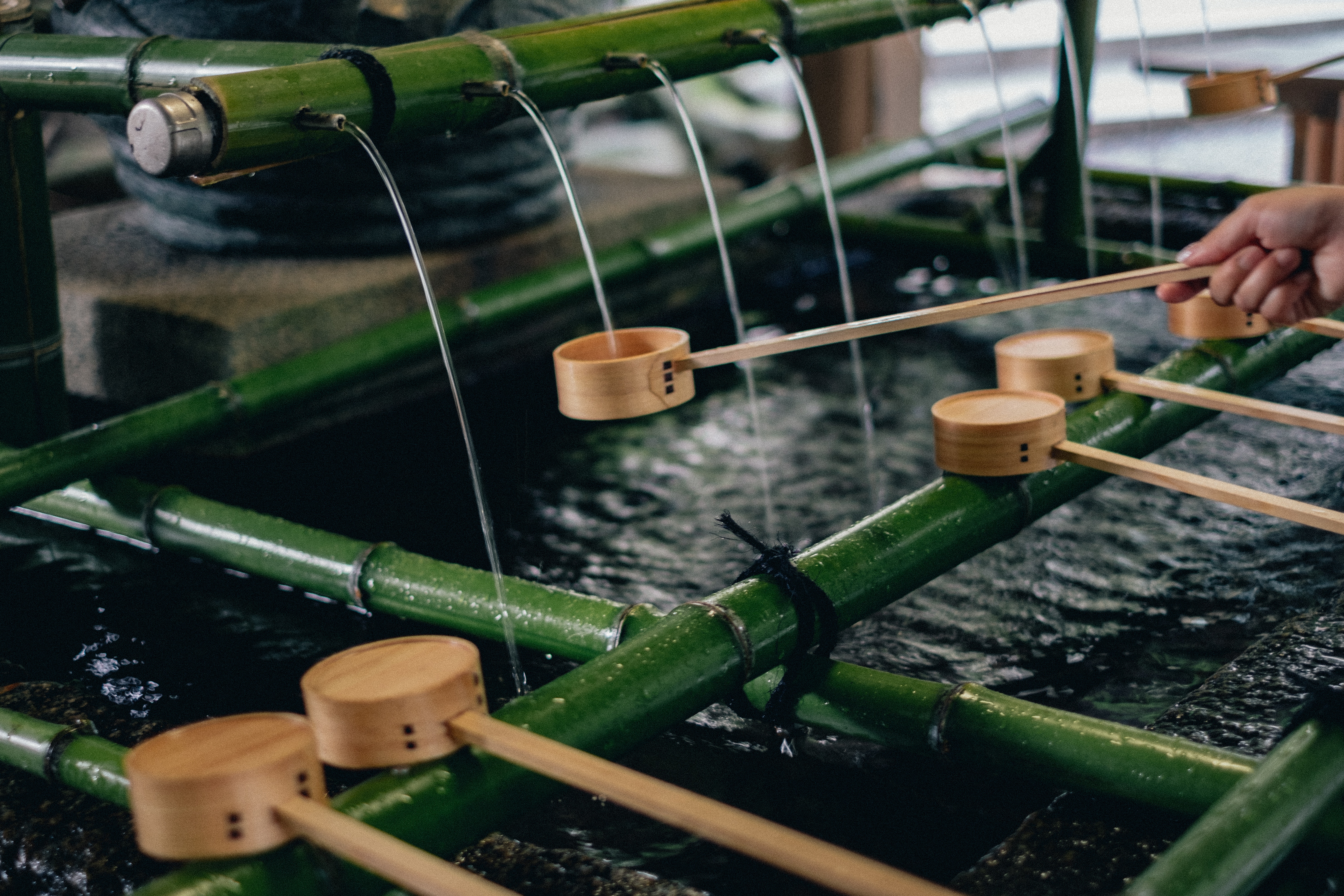
Chouzuya is the area of a shrine where you wash your hands and rinse your mouth. It is an abbreviated act of Misogi; the practice of ritual purification by washing the entire body in the river, ocean or a waterfall. Foulness is considered infectious, so cleansing rituals are necessary to restore purity.
Hold the ladle in your right hand and wash your left hand, then hold the ladle in your left hand and wash your right hand. Change ladle to your right hand again. Pour water into your left hand and rinse your mouth with it. After that, rinse the handle of the ladle with the rest of the water. You need to do all of this with one scoop of water.
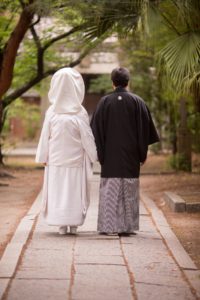
In 1900(Meiji 33), the Taisho emperor, still crown prince at the time, held his wedding in front of the altar of Kashidokoro (one of the Three Palace Sanctuaries).It was the first Shinto wedding and popularized the form (much like how Queen Victoria and her daughter popularized “white” weddings.) Until then,weddings were usually held at home.The first wedding of a commoner was held that same year at Tokyodaijingu.
Shubatsu is a purification ritual for all who attend a Shinto wedding. The words the priest chants are called haraekotoba (harae, or harai are the general cleansing rituals from the first paragraph.)

The chants of the Shinto priest use this power of words to purify and heal. Both the haraekotoba, used to purify those in attendance at the wedding, and the norito, used to announce the wedding to the gods, are based on the power of words. No two norito prayers are the same, but vary according to the shrine and the priest.
Sansankudo (roughly three times three is nine) is the part of the ceremony where the bride and groom each sip sake three times from each of three cups. The numbers three and nine can’t be divided by two, and so represent no separation. Since three is the smallest number and nine the largest number under ten which can’t be evenly divided, both of them together are said to represent infinity.
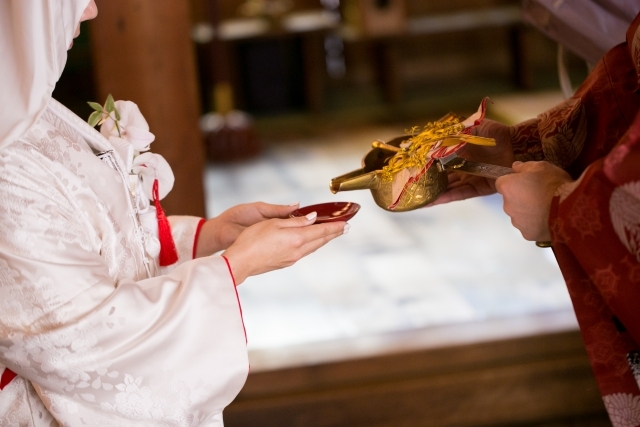
The three cups the bride and groom drink from are small, medium and large size, and are meant to symbolize man, earth and heaven. Drinking from them constitutes vows with man’s god, earth’s god and heaven’s god. The sake is sacred and called omiki. Another explanation of its meaning is that it’s like the trunk of a tree that unites man, earth and heaven.
The bride and groom approach the altar and the groom reads the vows, called seishishojo, that the couple have written and signed.
For a safe end to the ceremony, the couple place a branch of the sakaki tree decorated with Japanese paper (washi) on the altar.The branch is called either tamagushi bouten or tamukegushi.Before placing on the altar, the bride and groom touch the open palms of their hands with the tamagushi meaning they have no secrets from god and are asking for life long protection.
Finally, a ceremony called shinzoku gatame no sakazuki is held in which the guests drink sake together to bond the families. “Shinzoku” means relatives and “tame” means to (as in “we do this to …”) and “sakazuki” means drinking cups of sake in succession, like the three sips from three cups earlier in the ceremony.Shinzoku gatame sakazuki.

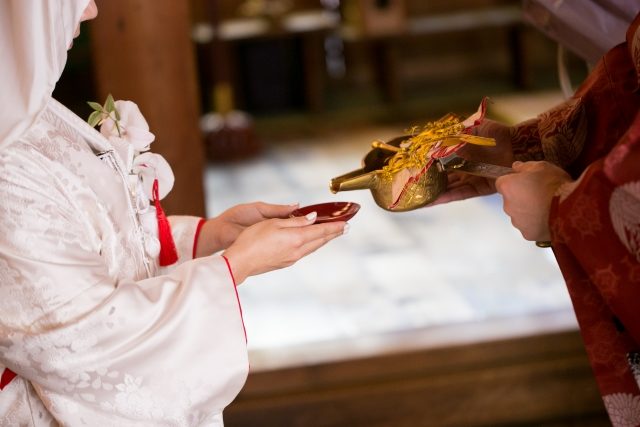
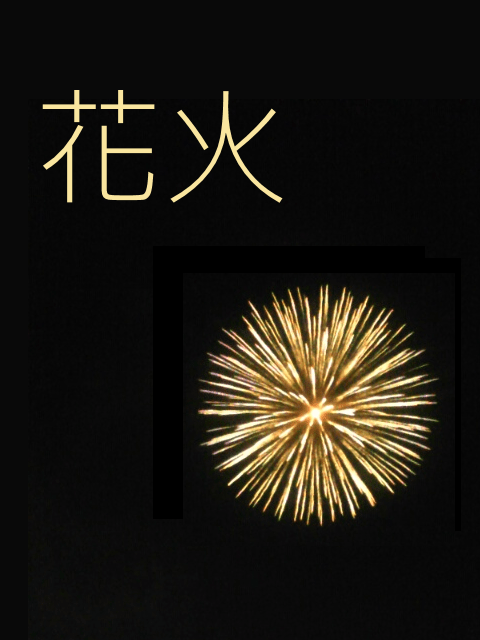
Comments